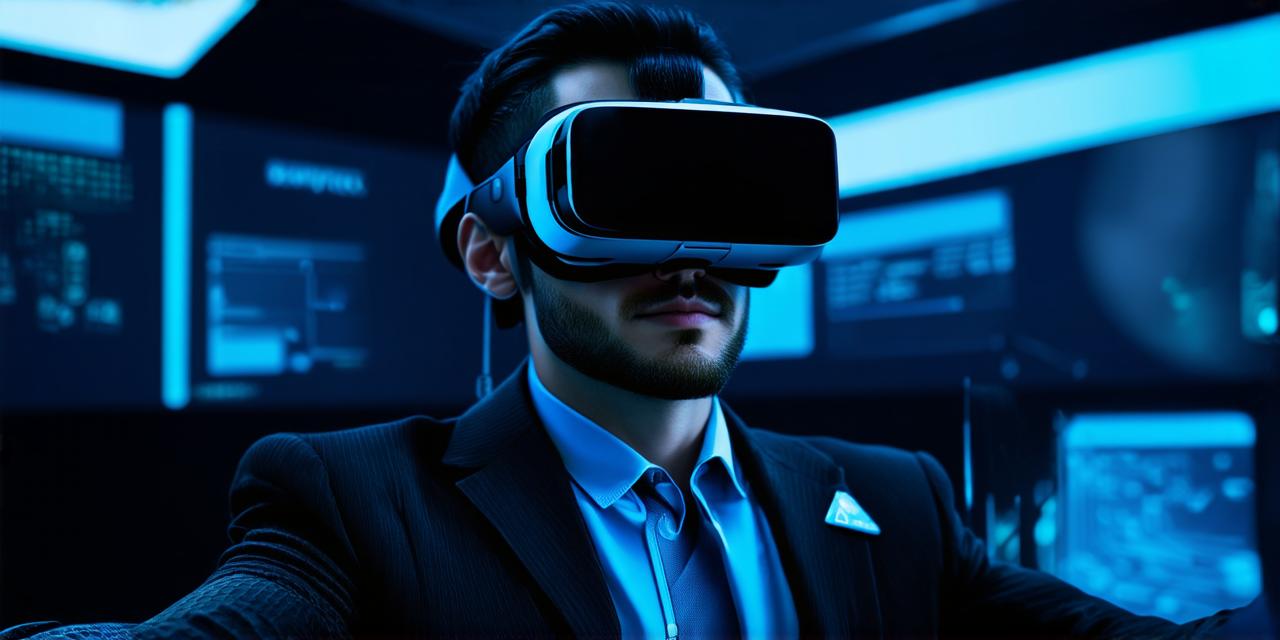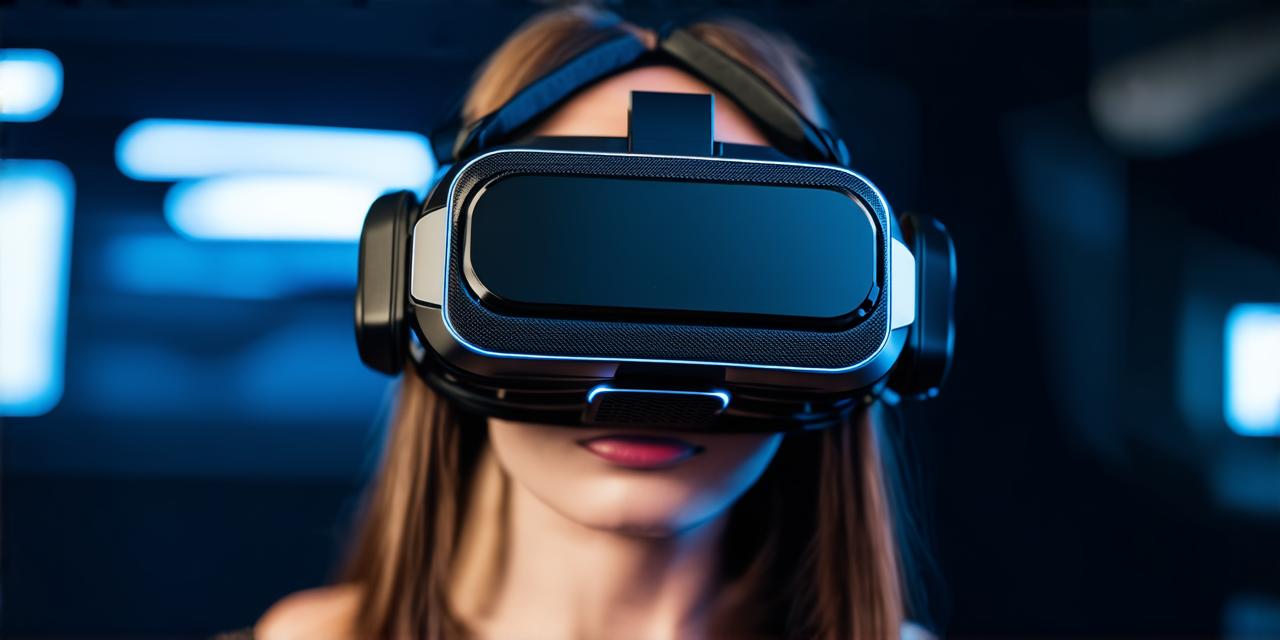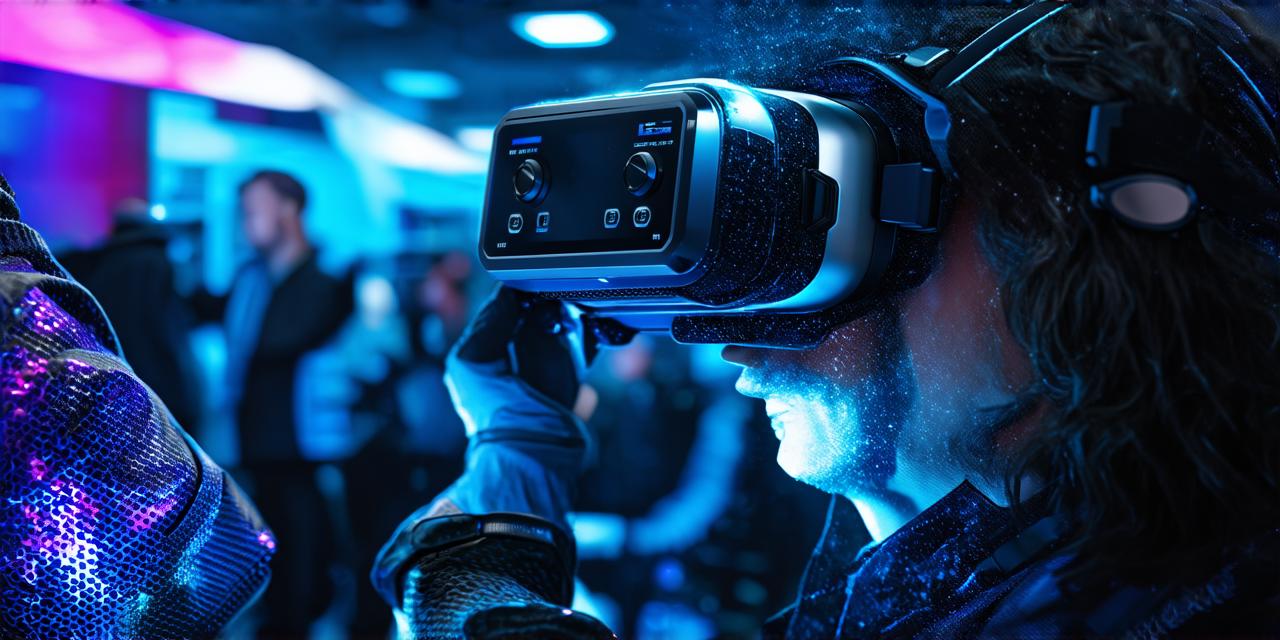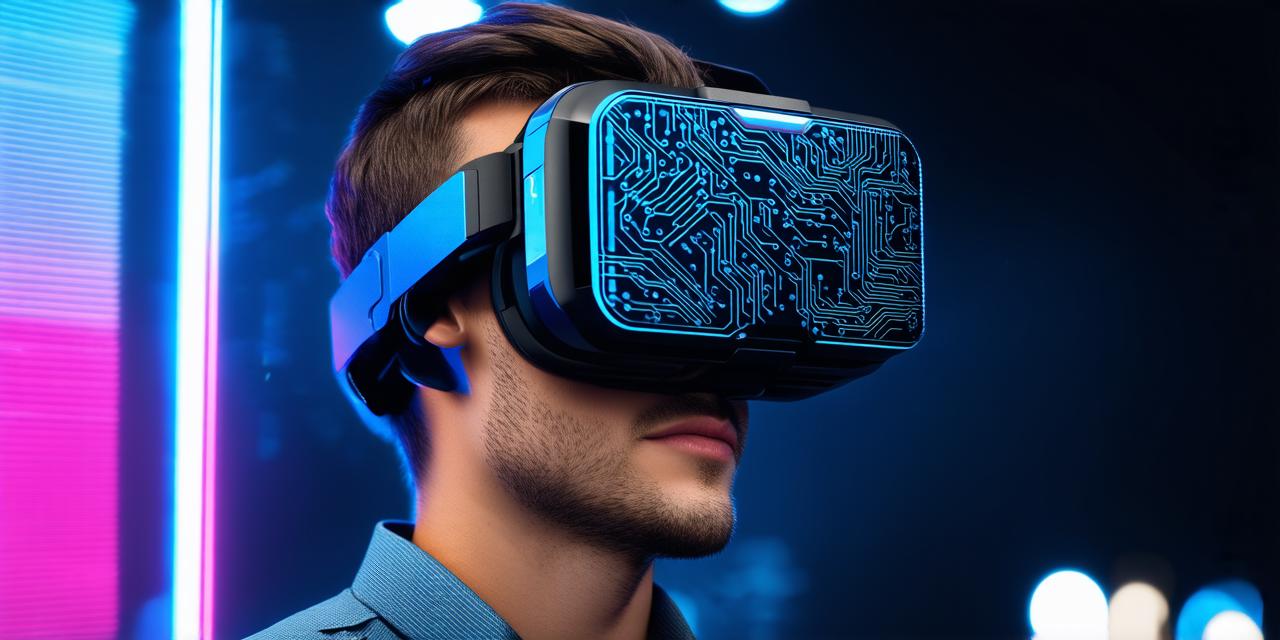Virtual reality (VR) technology has been rapidly advancing, and virtual reality headsets are becoming increasingly popular in the augmented reality (AR) community.
As an AR developer, understanding what you need to operate a VR headset is essential to create immersive experiences. In this article, we will explore the requirements for VR headsets and how they can be used by AR developers to create innovative and engaging experiences.
1. Hardware Requirements
Before diving into the software requirements, let’s first look at the hardware needed to run a virtual reality headset. The most common VR headsets on the market include the Oculus Rift S, HTC Vive Pro, and Sony PlayStation VR.
Each of these devices has different specifications, so it is crucial to check the requirements before making a purchase.
For example, the Oculus Rift S requires a PC with an Intel Core i5-4590 or higher processor and at least 8GB of RAM. It also needs a minimum graphics card of NVIDIA GTX 970 or AMD Radeon R9 290.
On the other hand, the HTC Vive Pro requires a PC with an Intel Core i7-3770 or higher processor and at least 16GB of RAM. It also needs a minimum graphics card of NVIDIA GTX 980 or AMD Radeon R9 290.
It is essential to note that these are the minimum requirements, and you may need a more powerful machine to run the VR headset smoothly. Additionally, some VR headsets require external sensors like motion controllers, which add another layer of complexity to the setup process.
1. Software Requirements
Now that we have looked at the hardware requirements let’s move on to the software side of things. The most important software component for VR is the operating system (OS). Each VR headset has its own OS, which is designed specifically for VR use.
For example, the Oculus Rift S uses the Oculus Home software, while the HTC Vive Pro uses the SteamVR software. These OSs are optimized for VR and provide a seamless experience when using VR headsets.
Another crucial software component is the development platform you use to create your AR experiences. Unity and Unreal Engine are two of the most popular development platforms for VR, with Unity being more accessible and user-friendly. When developing for VR, it is essential to keep in mind that the experience should be optimized for the hardware specifications of the VR headset you are targeting.
1. Compatibility with AR Frameworks
AR frameworks like ARKit and ARCore are essential tools for developers looking to create AR experiences on VR headsets. These frameworks provide a set of tools and APIs that make it easier to develop AR applications for VR devices.
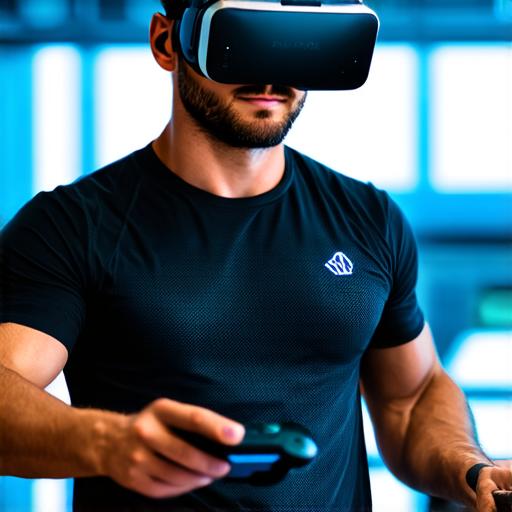
However, not all VR headsets support these frameworks, so it is crucial to check the compatibility before developing an AR experience. For example, the Oculus Rift S supports both ARKit and ARCore, while the HTC Vive Pro only supports ARKit. Developers should also consider the target market’s willingness to pay for the experience and the cost of running a VR headset when selecting an AR framework.
1. Testing and Debugging
Testing and debugging VR applications can be a challenging process due to the complexity of the hardware and software involved. Developers need to test their AR experiences on different VR headsets to ensure that they work seamlessly across all devices.
Debugging VR applications can also be difficult, as it requires access to the VR headset’s internal hardware and software components. Tools like Oculus Debugger and HTC Vive Remote Debugger can help developers identify and fix issues with their AR experiences.
1. Cost Considerations
Finally, it is essential to consider the cost of running a virtual reality headset. VR headsets can be expensive, with prices ranging from $299 to $999, depending on the device and specifications.
Additionally, the PC or console required to run the VR headset can also be costly.
When developing for VR, it is crucial to consider the target market’s willingness to pay for the experience.
